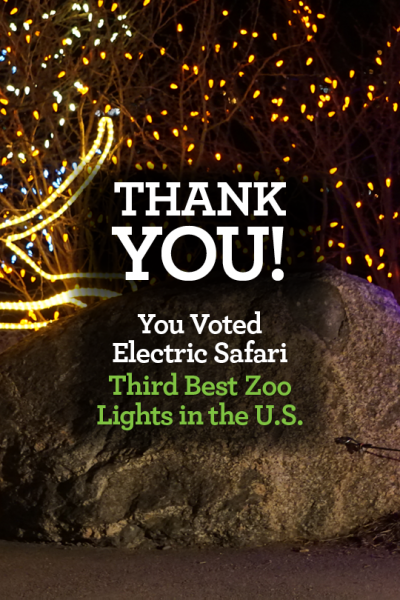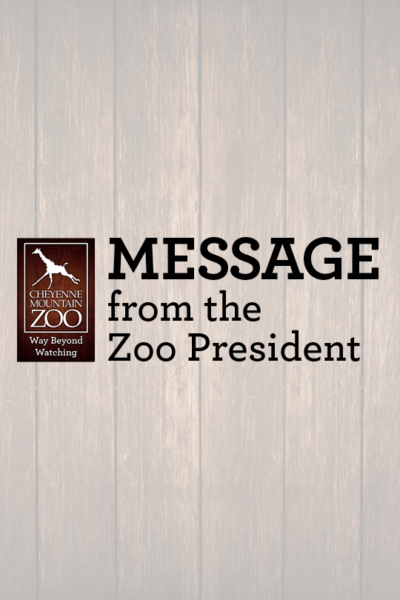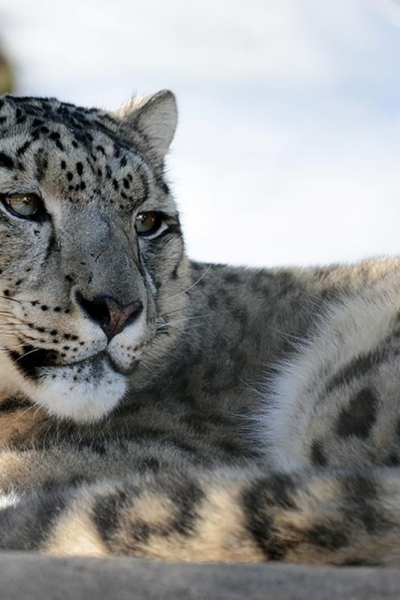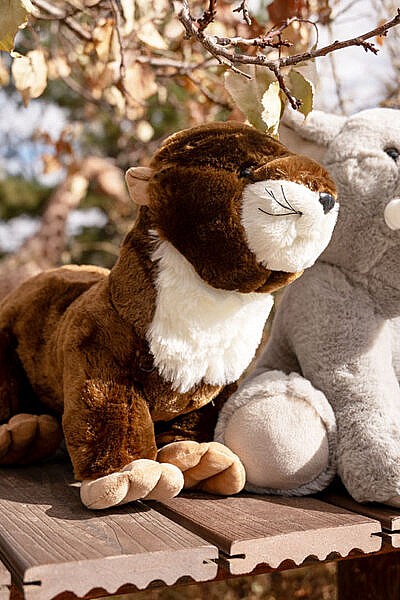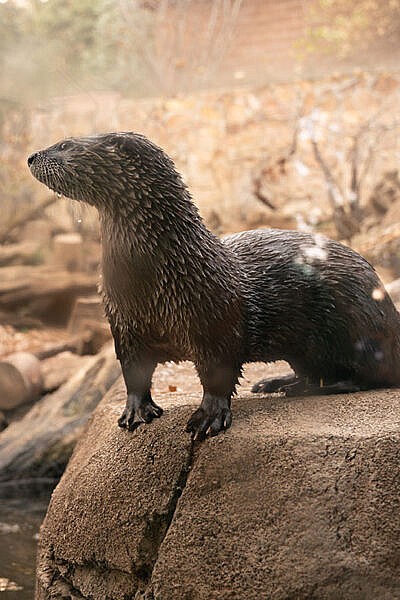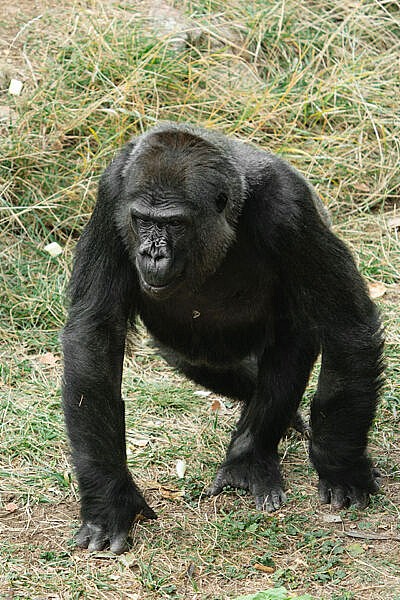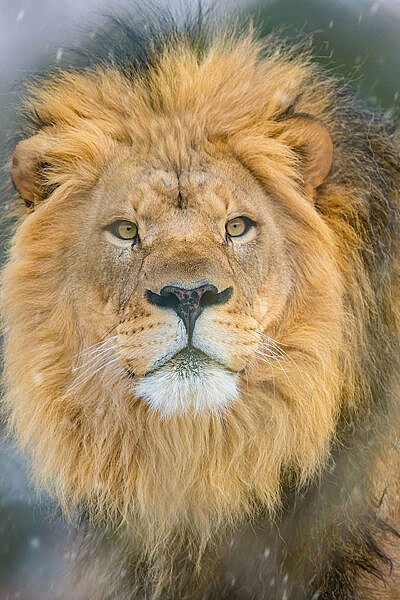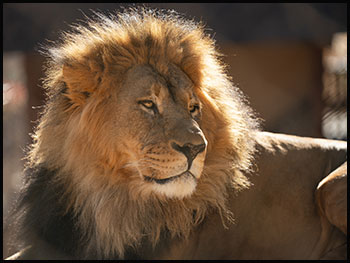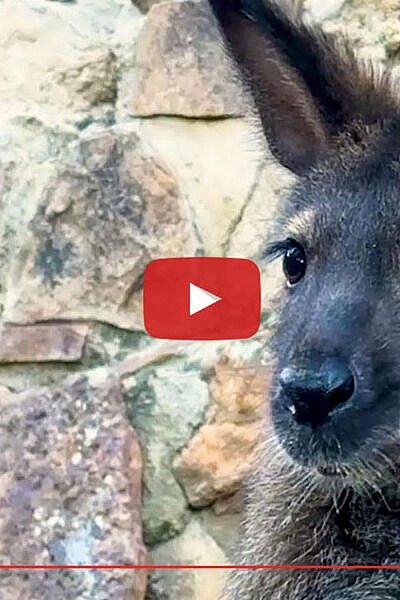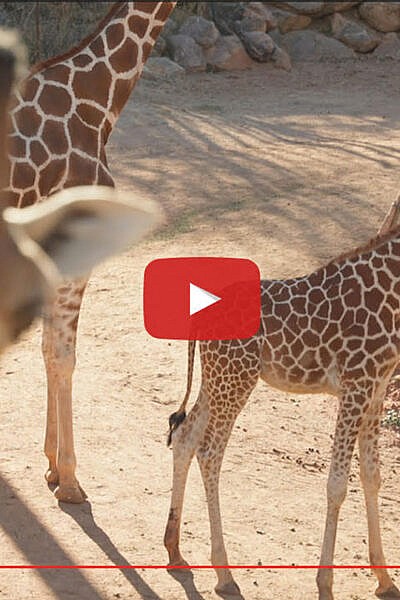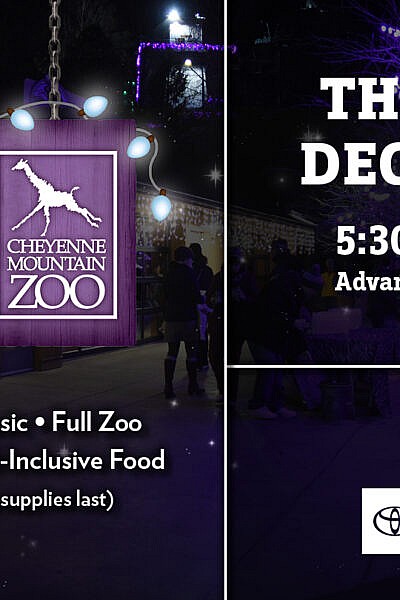ANNUAL HOLIDAY LIGHTS CELEBRATION CONTINUES THROUGH MONDAY, JAN. 1, 2024 – USA TODAY 10Best Readers’ Choice Awards today announced that Cheyenne Mountain Zoo’s Electric Safari ranked third in the national Best Zoo Lights category for the fifth year in a row. This is the eighth year running that Electric Safari has ranked in the top ten.
The top ten Best Zoo Lights finalists are, in order of rankings:
1. PNC Festival of Lights at Cincinnati Zoo
2. Lights Before Christmas at Toledo Zoo
3. Electric Safari at Cheyenne Mountain Zoo
4. Holiday Nights at Zoo Montana
5. U.S. Bank Wild Lights at Saint Louis Zoo
6. Christmas at the Zoo at Indianapolis Zoo
7. OKC ZOO SAFARI LIGHTS Presented by OG&E
8. Zoo Lights at San Antonio Zoo Powered by CPS Energy
9. Wild Lights at Detroit Zoo
10. WildLights at The Living Desert Zoo and Gardens
Cheyenne Mountain Zoo’s 33rd annual month-long celebration of the season continues through Mon., Jan. 1, 2024 (except Christmas Eve, Sun., Dec. 24), featuring 50 acres of twinkling lights, 90 artisan-made light sculptures and breathtaking nighttime city views. The Zoo’s holiday collection of larger-than-life illuminated animal inflatables returns for its third year and – special for 2023 – the Zoo is adding holiday lights to the sky!
At 7:30 p.m. every night of Electric Safari (weather permitting), guests can see a drone light show from nearly anywhere in the Zoo. The holiday-safari themed show will last around 15 minutes. Get prime viewing spots (first come, first served!) from the elephant boardwalk, Lodge at Moose Lake or Giraffe Plaza.
Electric Safari is the only event in Colorado where you can:
– see over 90 one-of-a-kind light sculptures
– visit select animal exhibits
– hand-feed a giraffe herd ($3 per lettuce bundle or $5 for two bundles)
– watch a nightly holiday-safari themed drone light snow at 7:30 p.m. (weather permitting)
– visit Santa (through Dec. 23)
– explore 50 acres of twinkling lights and dancing light displays
– see larger-than-life illuminated inflatable animals
– cozy up around fire pits and warming stations throughout the Zoo
– get the best nighttime views of Colorado Springs from the side of Cheyenne Mountain
Advance timed tickets are required for both members and non-members. Zoo member tickets are free, but must be reserved in advance. Everyone visiting the Zoo must have their own advance e-ticket, including children age 2 and under. Timed tickets from 4 to 5 p.m. are for Zoo members and their paying guests only. Electric Safari opens to the public at 5 p.m. and the event ends at 8:30 p.m.
Guests can save $5 per ticket by visiting on a non-peak night! See the 2023 Electric Safari pricing calendar, get tickets and learn more at cmzoo.org/electric.
Electric Safari wouldn’t be complete without visiting select animal exhibits. Electric Safari offers paid feeding opportunities with CMZoo’s famous giraffe herd and budgie flock. The hippo building, the giraffe barn, the elephant and rhino barn, the African lion relaxation room, Rocky Mountain Wild (except grizzly bears), Asian Highlands, Scutes Family Gallery and Budgie Buddies are open.
Electric Safari is an important fundraiser for CMZoo, which doesn’t receive any tax support. Your ticket to Electric Safari helps us fund animal care, Zoo operations and improvements, and conservation projects. Please join us in thanking our generous supporting Electric Safari partners, Children’s Hospital Colorado, Raising Cane’s Chicken Fingers, Toyota, and U.S. Bank.
About Cheyenne Mountain Zoo
Cheyenne Mountain Zoological Society was founded in 1926. Today, Cheyenne Mountain Zoo, America’s mountain Zoo, offers comprehensive education programs, exciting conservation efforts and truly fantastic animal experiences. In 2023, Cheyenne Mountain Zoo was voted #4 Best Zoo in North America and CMZoo’s Rocky Mountain Wild was named #2 Best Zoo Exhibit in North America by USA TODAY 10Best Readers’ Choice Awards. It is Cheyenne Mountain Zoo’s goal to help guests fall in love with animals and nature, and take action to protect them. Since 2008, CMZoo’s Quarters for Conservation program has raised more $4.5 million dedicated to frontline conservation efforts around the world. Of the 238 zoos and aquariums accredited by the Association of Zoos and Aquariums (AZA), Cheyenne Mountain Zoo is one of just a few operating without tax support. Cheyenne Mountain Zoo depends on admissions, membership dues, special event attendance and donations for funding.
